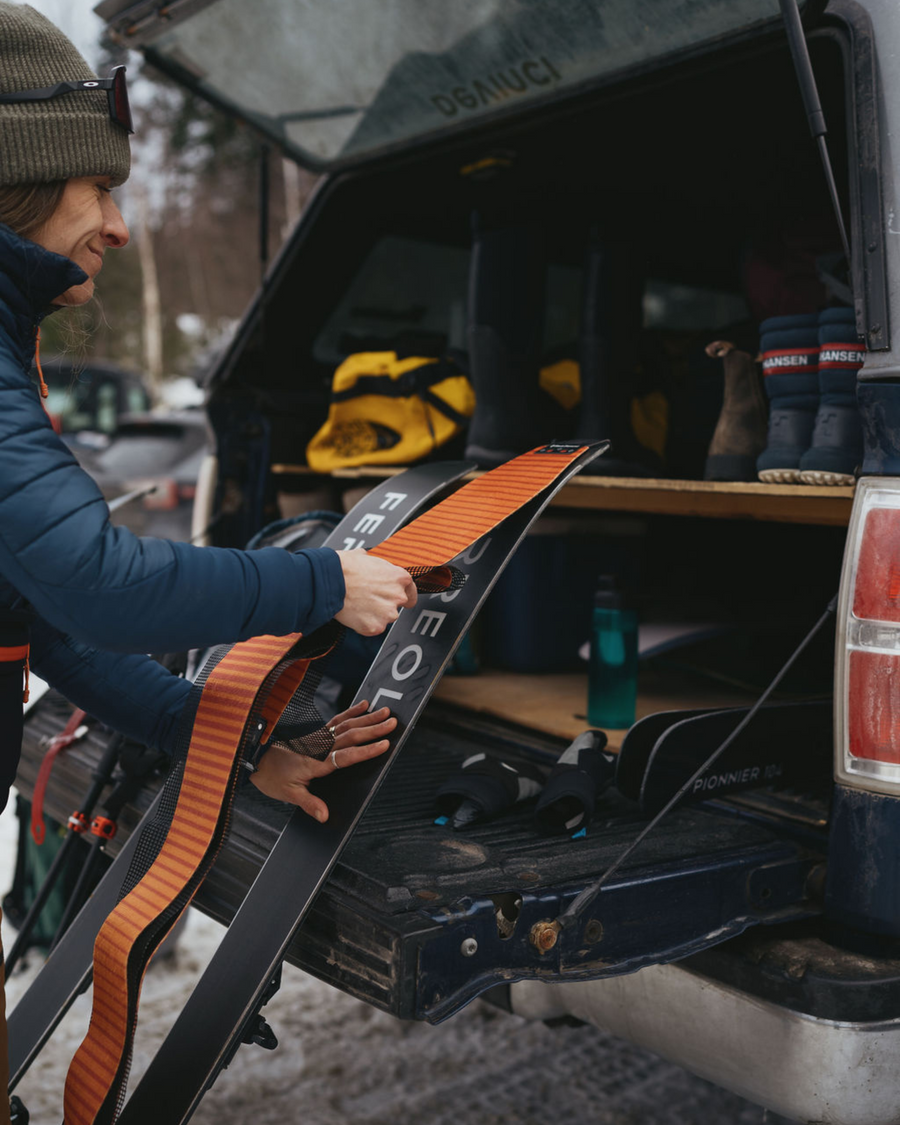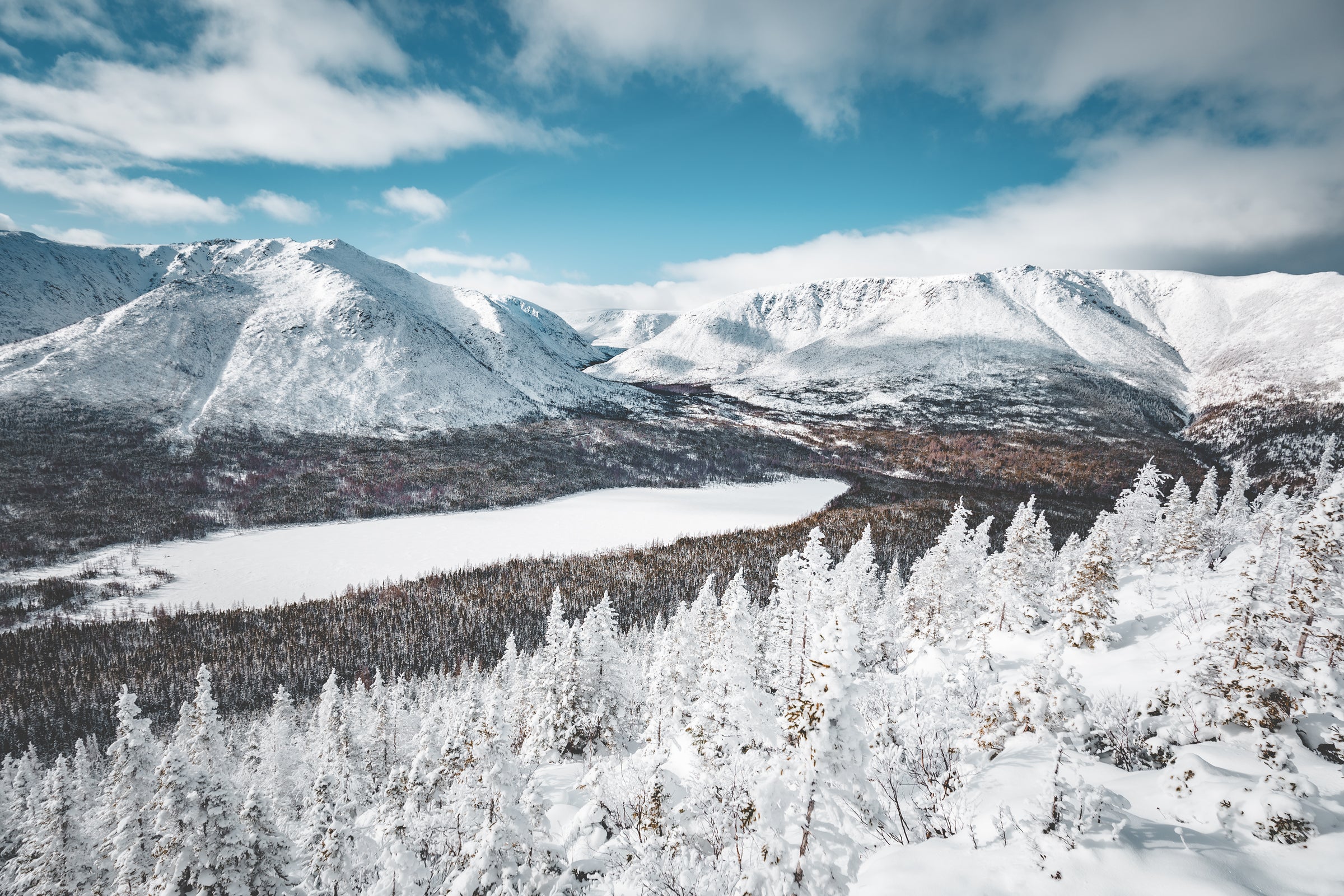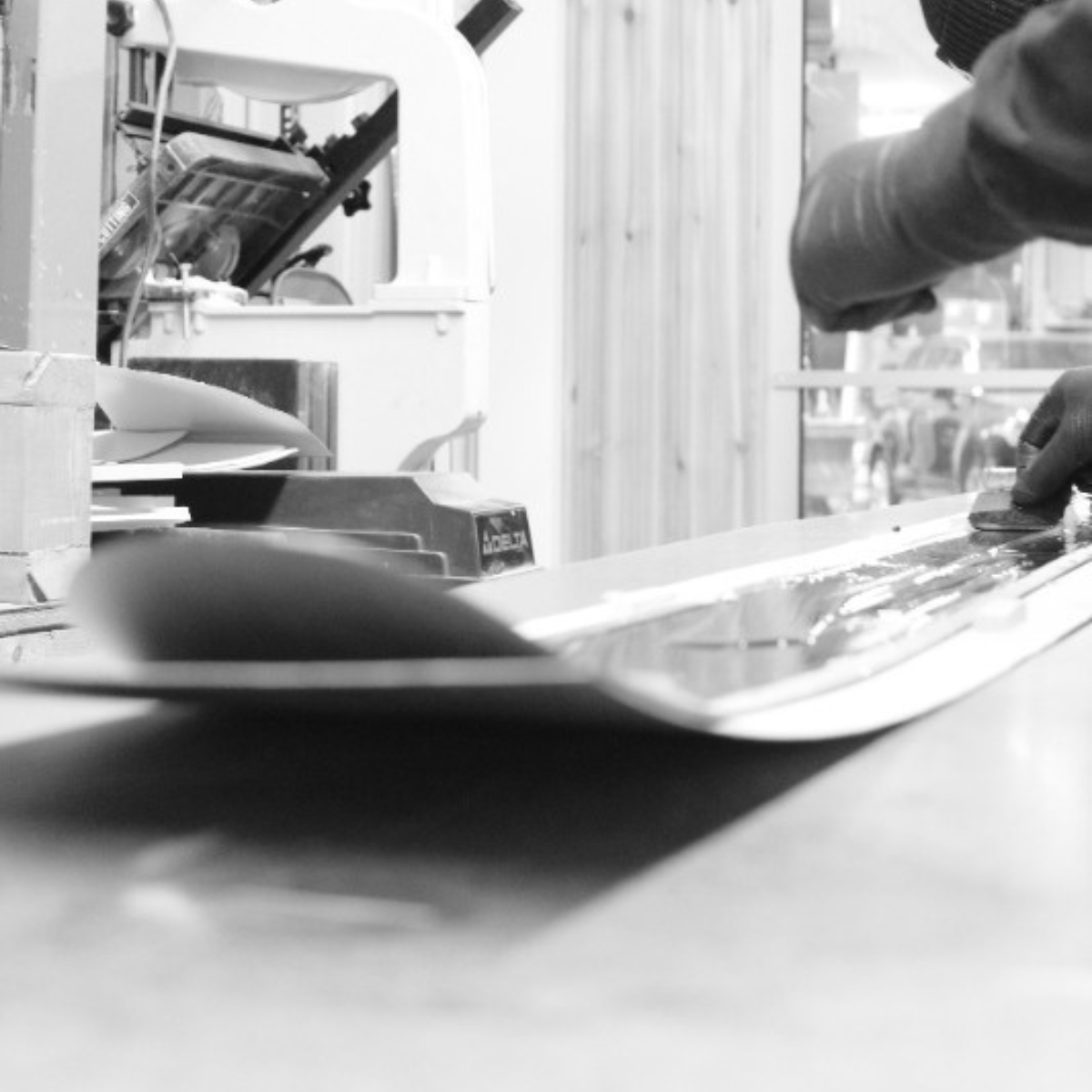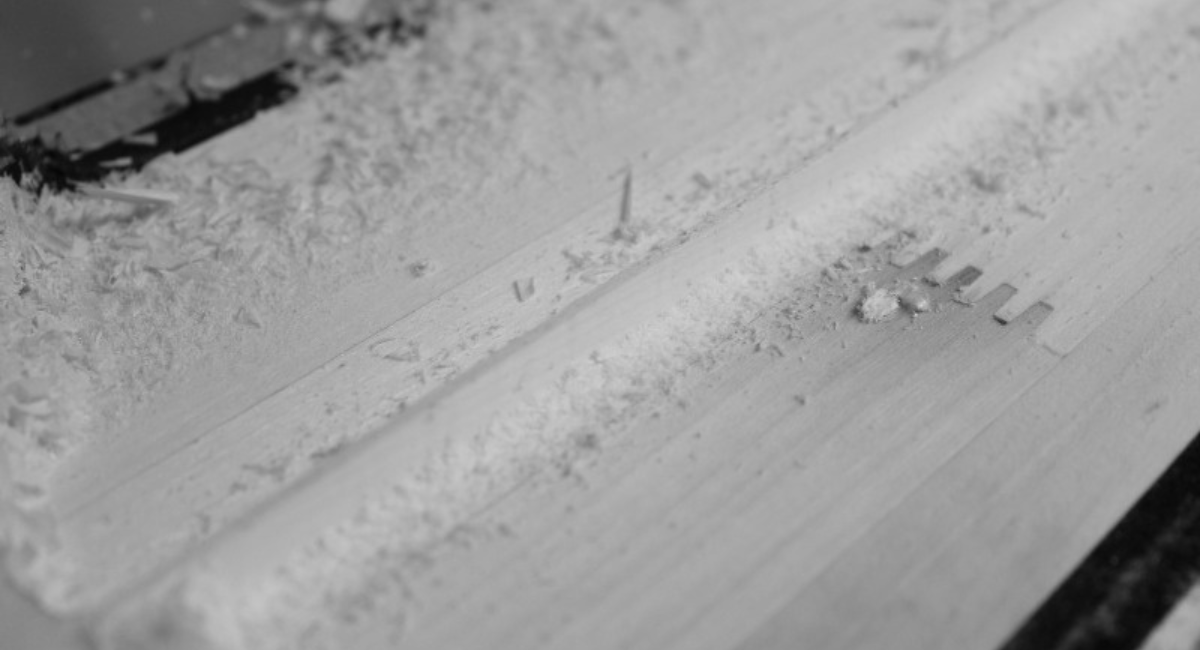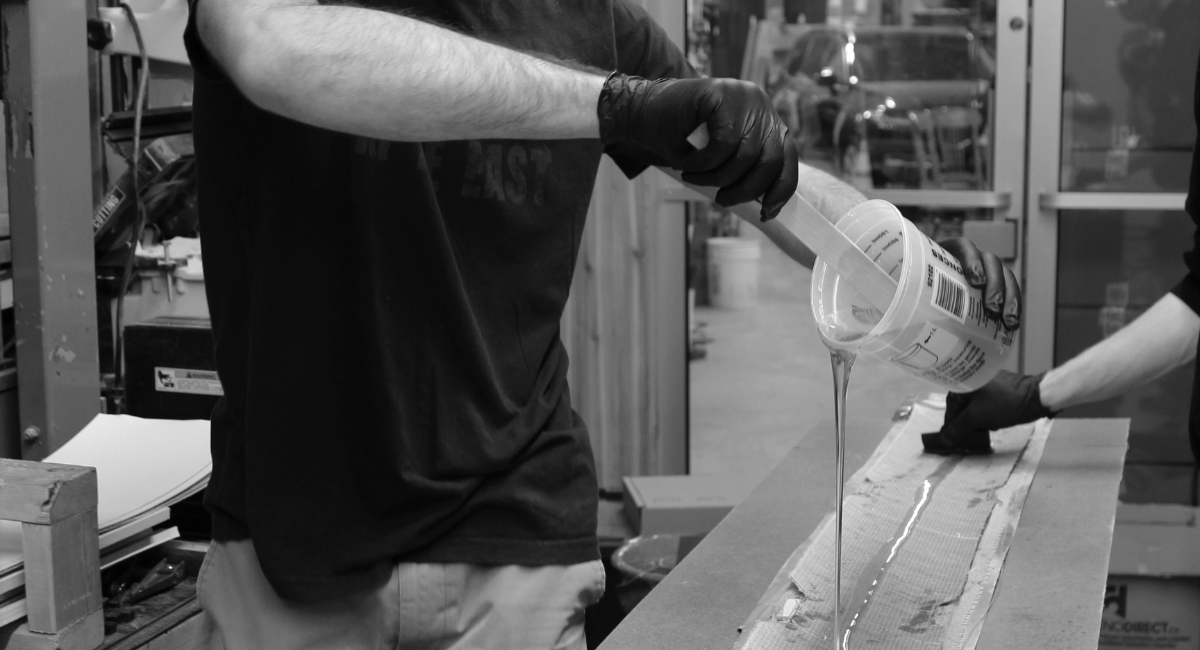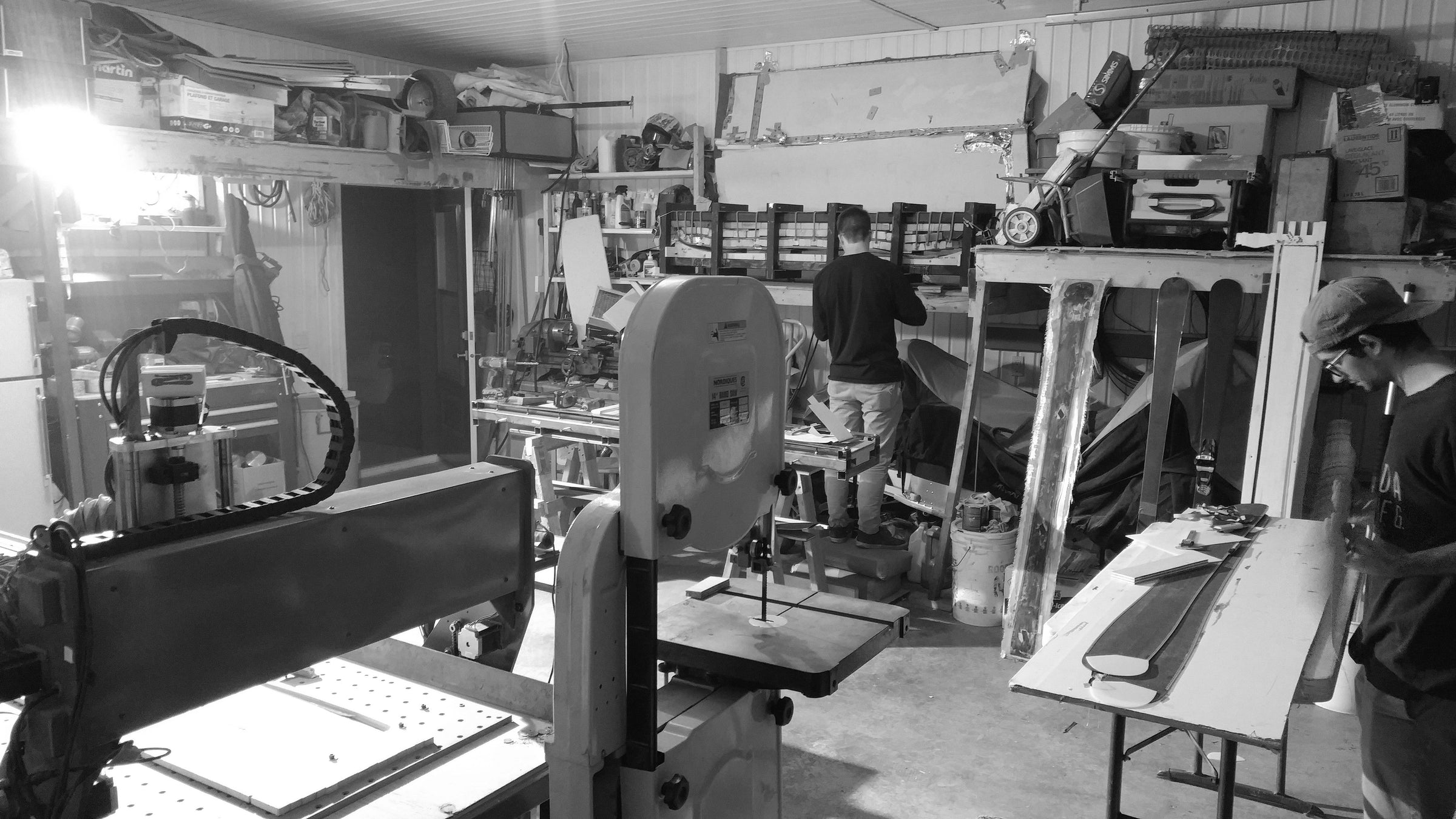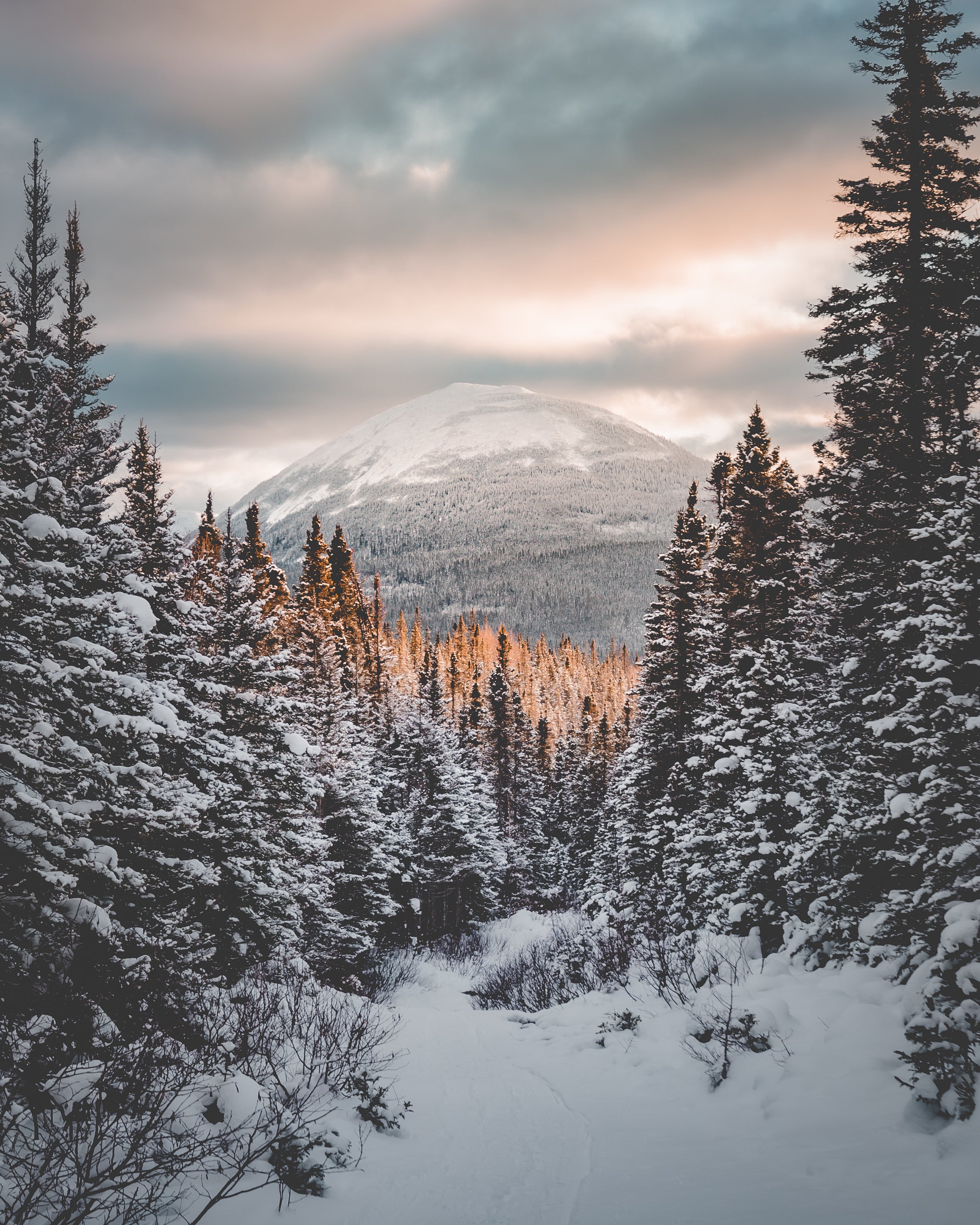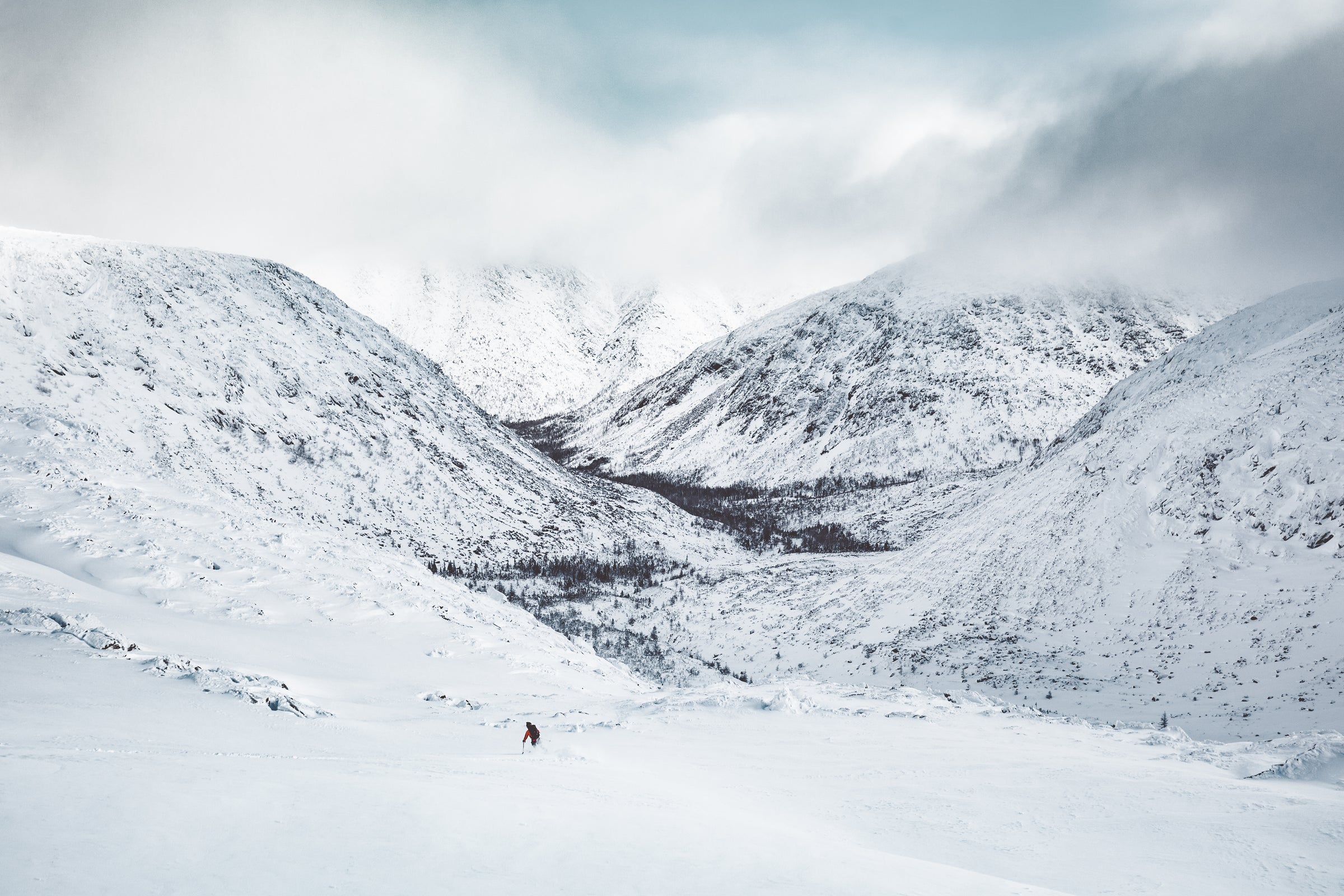Quality. Innovation. Sustainable development.
Even before the creation of Ferreol, we knew that our impact on the environment would be a key element of our company. Making high -performance skis while respecting nature was obvious for us. Because nature is above all our playground ... We have unanimously refused any compromise. Our skis were going to be efficient and more ecological. Two things that we too often put in opposition. We knew that our R&D and innovation forces would be the pillars to propel this idea towards reality. We are therefore very proud to present here the fruit of our efforts to become the pioneers of the sustainable ski industry.
Sustainability.
The first step for us was to make sustainable skis. Sustainability is the ability to last over time. This requires solid construction, quality materials and a timeless aesthetic. This is why we make all our skis with a semi-cap construction, using Quebec wood and with a minimalist but sophisticated finish that does not change over the years. Thus, your skis will serve you for many seasons and you will not want to change them just for aesthetic reasons. We encourage you to take care of them and hope you will use them as long as possible.
Reduction.
The next step in our efficient but environmentally friendly ski manufacturing process is to take measures to reduce skis footprint. First of all, we adopted best practices already present in the industry. All our skis are made from renewable energy, we use biosourced topsheets and epoxy, the wood of our cores comes from durable harvests and we use flax fibers for reinforcements where we can. In future productions, we will replace almost all (92%) of synthetic reinforcements with flax fiber.
Assessment.
Then, we had to assess our impact on the environment to know how our actions behave, in order to reduce our carbon footprint. To do this, we called on an external firm specializing in the analysis of the life cycle. For this first analysis, we focused on the potential for global warming as a performance measure (measured in mass of CO2 equivalent), but we want to add other indicators in the future because we consider that it is not sufficient.
The scope of this study includes the environmental impact of raw materials and waste, production energy, transport to our offices and end -of -life emissions. The only part that is not taken into account is the use of skis, because this part may vary considerably from person to person. Finally, although we consider the data presented below as a very good estimate of reality, please note that this analysis is constantly evolving and that we will correct these values if we obtain new results.
A life cycle analysis (LCA) was carried out for each of our models. You will find complete information for each model in the product pages. For example, the Pionnier 104 will be used here to develop the results of this study. The carbon emissions from our ski production operations are detailed transparently.
GLOBAL LCA OF THE PIONNIER 104
Materials (including production waste) account for 74% of the Pionnier 104 carbon footprint. The rest of the carbon footprint is composed of emissions emitted during the transportation of the skis, end-of-life management and production energy. Unlike many other factories in the world, the Rimouski factory is powered by 100% renewable energy, which considerably reduces the carbon footprint of our skis. These proportions are relatively similar for all Ferreol skis. In the end, when considering the environmental impact of each size, the Pionnier 104 has an average carbon footprint of 20.44 kgCO2eq per pair, which roughly corresponds to the carbon emissions produced by a small car over 108 km.
CARBON FOOTPRINT OF THE MATERIALS OF THE PIONNIER 104
Since the Pionnier 104 is made with synthetic reinforcements like fiberglass and carbon fiber, the main sources of the carbon footprint of materials are reinforcements (43%), sidewalls (16%) and the epoxy needed to assemble them (9%). Furthermore, the synthetic plastic components also contribute significantly with 12% for the base. Other components, such as the edges, mounting plate and tip reinforcements contribute 10% of the footprint. And finally, our biobased topsheet contributes only 8% of the ski's footprint while the poplar core from the Lower St. Lawrence region contributes only 2.3%.
DETAILS OF THE OPERATIONS
As part of our development and snow testing phases, some of our team members had to travel by plane. Even though the number of trips was kept to a minimum, our emissions related to this mode of transportation amount to nearly 20.5 tCO2eq (64%) . For our travels by car across Quebec and elsewhere, 7.0 tCO2eq (22%) were emitted. Next, the electronic devices of the 6 members of our team were taken into account and also total 13.1% of the carbon emissions from our activities. Finally, the electricity consumed by our premises and the emissions from other means of transportation used are accounted for and together contribute to the last <1% of our emissions related to our operations.



Continuous improvement.
Although the whole Ferreol team is proud of what we have accomplished so far, we will not stop there. Indeed, it is always possible to improve, and that is why we are already innovating in order to design better technologies that will allow us to manufacture even more efficient skis, but with an even smaller ecological footprint. New materials and new constructions that can Have a real impact on the entire ski industry.
